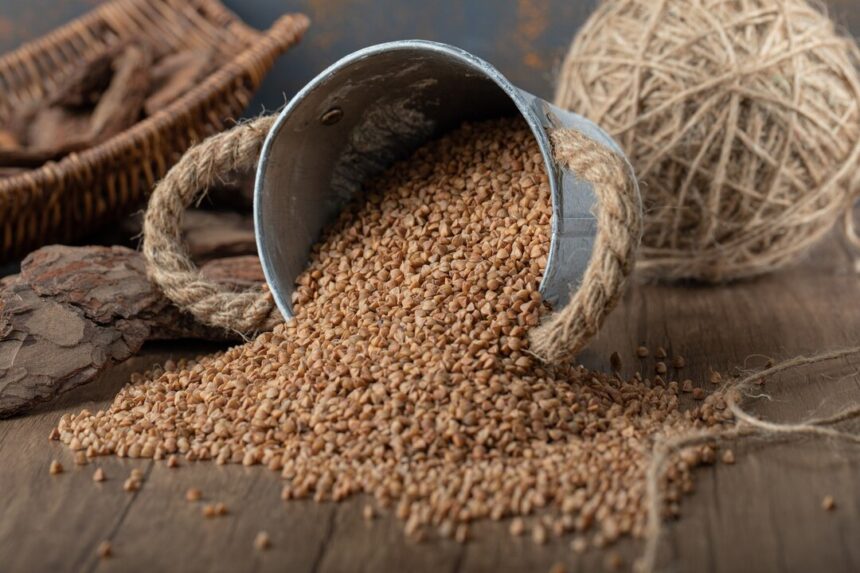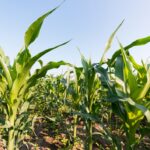Buckwheat, a versatile and nutritious pseudo-cereal, has gained popularity among health-conscious consumers and farmers alike. With its ability to thrive in diverse climates, buckwheat presents an attractive option for cultivation in South Africa. However, optimizing its quality and yield requires a combination of appropriate techniques and best practices. Here, we delve into some strategies for enhancing the cultivation of buckwheat in South Africa.
- Selecting Suitable Varieties: Choosing the right variety of buckwheat is crucial for achieving desirable traits such as high yield, disease resistance, and adaptation to local climatic conditions. Varieties like ‘Mancan’ and ‘Koto’ have shown promising results in South African conditions, offering good yield potential and resistance to common diseases.
- Soil Preparation and Fertilization: Buckwheat thrives in well-drained soils with good fertility. Prior to planting, prepare the soil by incorporating organic matter and ensuring proper drainage. Conduct soil tests to determine nutrient deficiencies and apply fertilizers accordingly. Avoid excessive nitrogen, as it can promote vegetative growth at the expense of grain development.
- Optimal Planting Time and Density: In South Africa, buckwheat is typically planted in the early spring or late summer to avoid extreme temperatures. Aim for a seeding rate of 50-70 kg/ha, depending on soil fertility and variety. Planting at the right density ensures adequate spacing between plants, allowing for optimal growth and development.
- Water Management: Buckwheat has moderate water requirements but is sensitive to drought stress during critical growth stages, particularly flowering and grain filling. Implement efficient irrigation practices such as drip or furrow irrigation to ensure consistent soil moisture. Avoid waterlogging, as it can lead to root rot and reduced yields.
- Weed Control: Effective weed management is essential for maximizing buckwheat yield and quality. Since buckwheat grows rapidly and shades the soil, it competes well with weeds. However, early weed control measures, such as pre-emergence herbicides or mechanical cultivation, can help minimize weed competition and ensure a clean field.
- Pest and Disease Management: Monitor fields regularly for signs of pests and diseases, such as aphids, thrips, and powdery mildew. Implement integrated pest management (IPM) strategies, including the use of biological controls, cultural practices, and selective insecticides/fungicides, to minimize damage and preserve yield potential.
- Harvesting and Post-Harvest Handling: Harvest buckwheat when the majority of the seeds have turned brown and hard, typically 10-12 weeks after planting. Use a combine harvester set to minimize seed damage and loss. Proper post-harvest handling, including drying to reduce moisture content and storage in clean, dry conditions, helps maintain grain quality and prevent spoilage.
- Crop Rotation and Soil Health: Incorporating buckwheat into a diversified crop rotation can help break pest and disease cycles, improve soil structure, and enhance overall soil health. Rotate buckwheat with legumes or grass crops to replenish soil nutrients and reduce weed pressure.
By implementing these techniques and incorporating site-specific adjustments, farmers in South Africa can enhance the quality and yield of buckwheat, tapping into its potential as a profitable and sustainable crop option. With careful attention to detail and ongoing experimentation, buckwheat cultivation can thrive, contributing to a resilient and diversified agricultural landscape.







